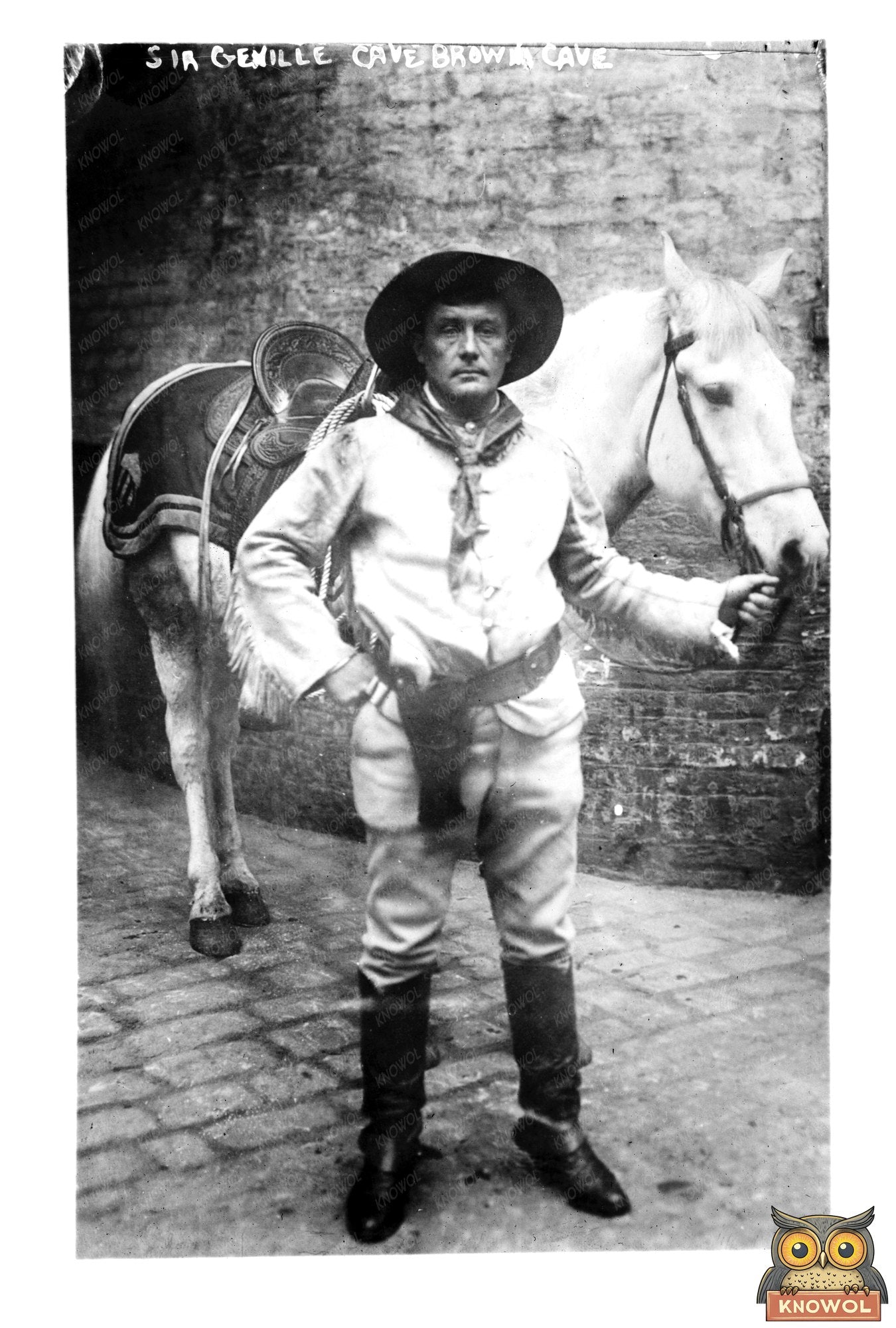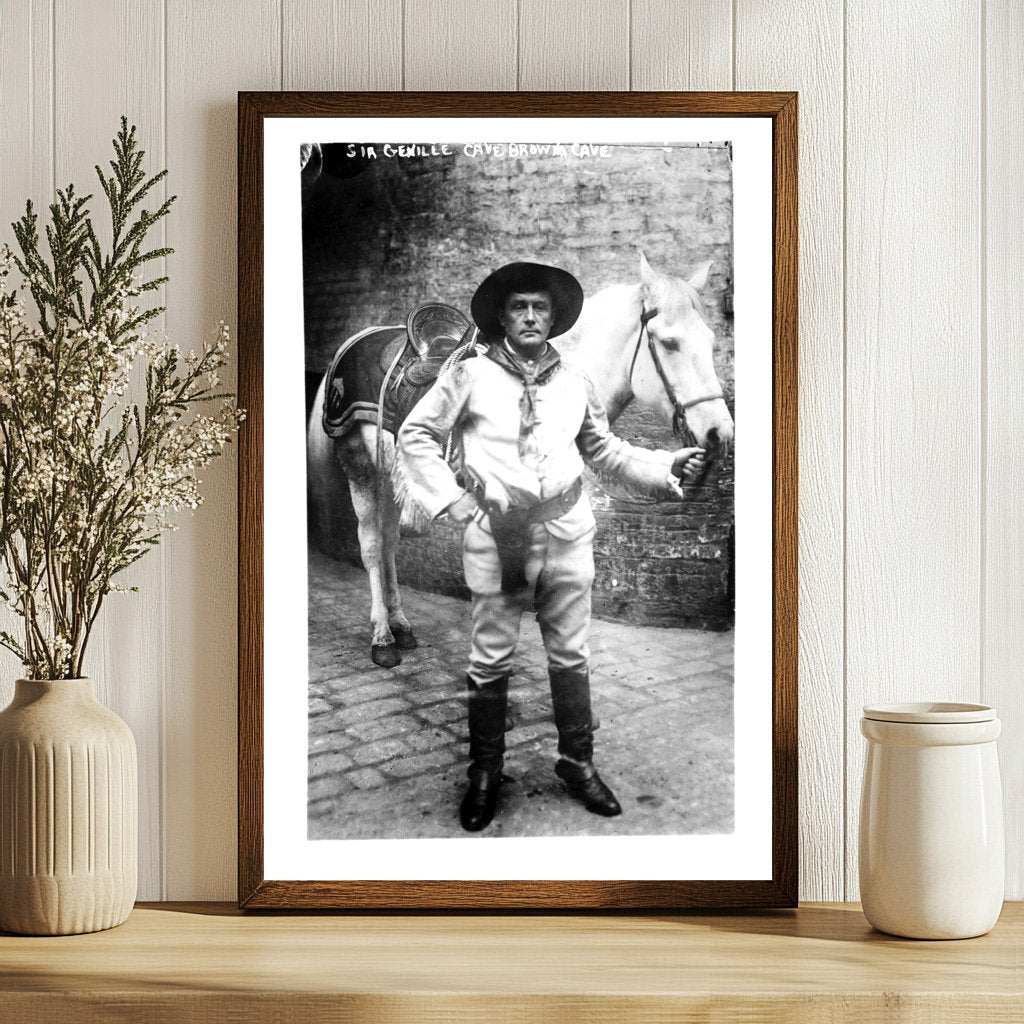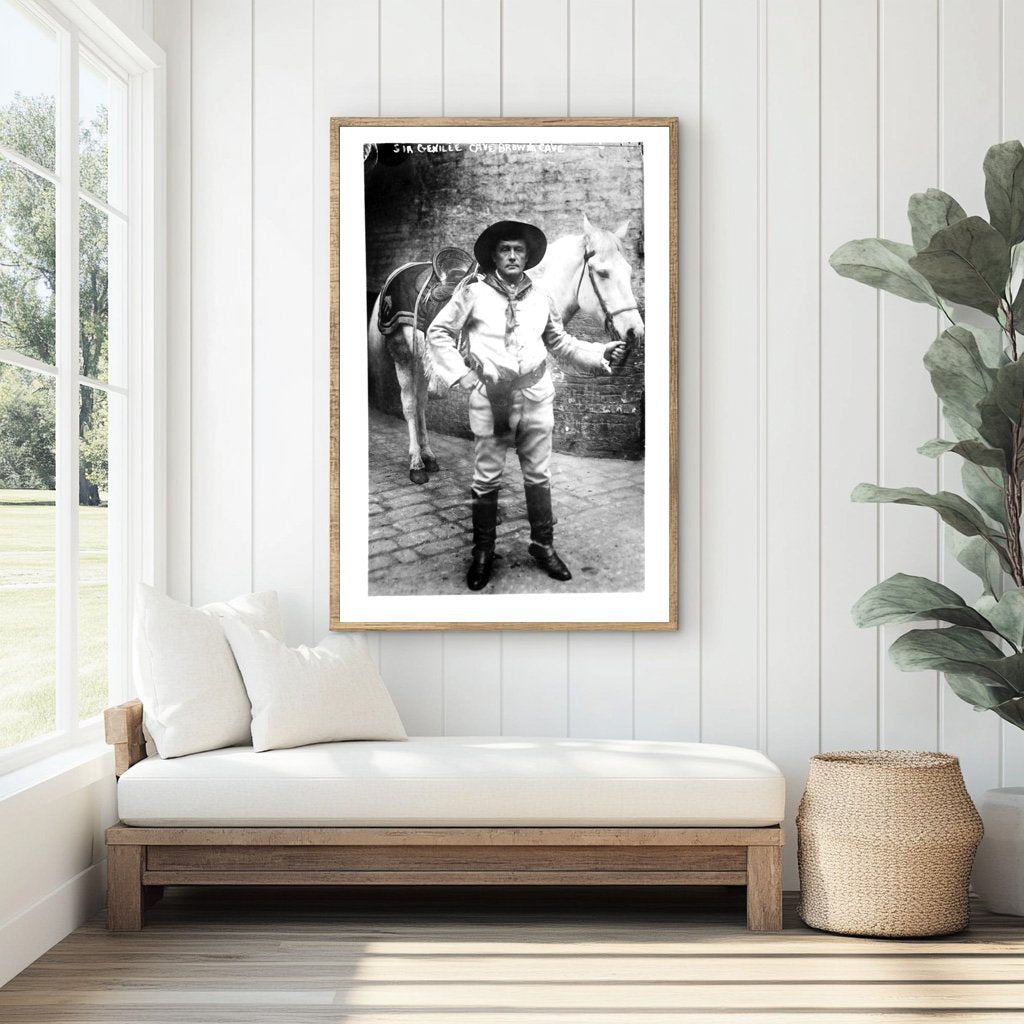


Circa 1910 Scenic View of Virginias Cave Landscape
The photograph captures Sir Genille Cave Brown Cave, a notable geological feature located in the heart of Virginias scenic landscape. Taken between 1910 and 1915, this time period marks a significant era in the United States when natural wonders were being increasingly appreciated for their beauty and potential for tourism. The photograph, created by the Bain News Service, serves as both a document of the era and a glimpse into the architectural elements of the surrounding area.
Sir Genille Cave, often simply referred to as a cave, showcases unique geological formations that have fascinated both locals and scientists alike. The region is rich with limestone, which has played a crucial role in the caves formation through a process called karst topography. This photograph not only highlights the cave itself but also the skilled craftsmanship in the architectural work around its entrance, demonstrating the human endeavor to blend natural beauty with constructed spaces. It stands as an important reminder of how nature and architecture can coexist harmoniously, appealing to the communities that visit or study these sites.
The image serves as a valuable piece of historical evidence from a time when natural wonders were first being documented extensively through photography. As visitors ventured into caves like Sir Genille Cave, they contributed to the growing fascination with the outdoors that would shape conservation efforts in the years to come. Through photographs such as this one, we can trace the evolution of how we perceive and value our natural heritage.

Circa 1910 Scenic View of Virginias Cave Landscape
